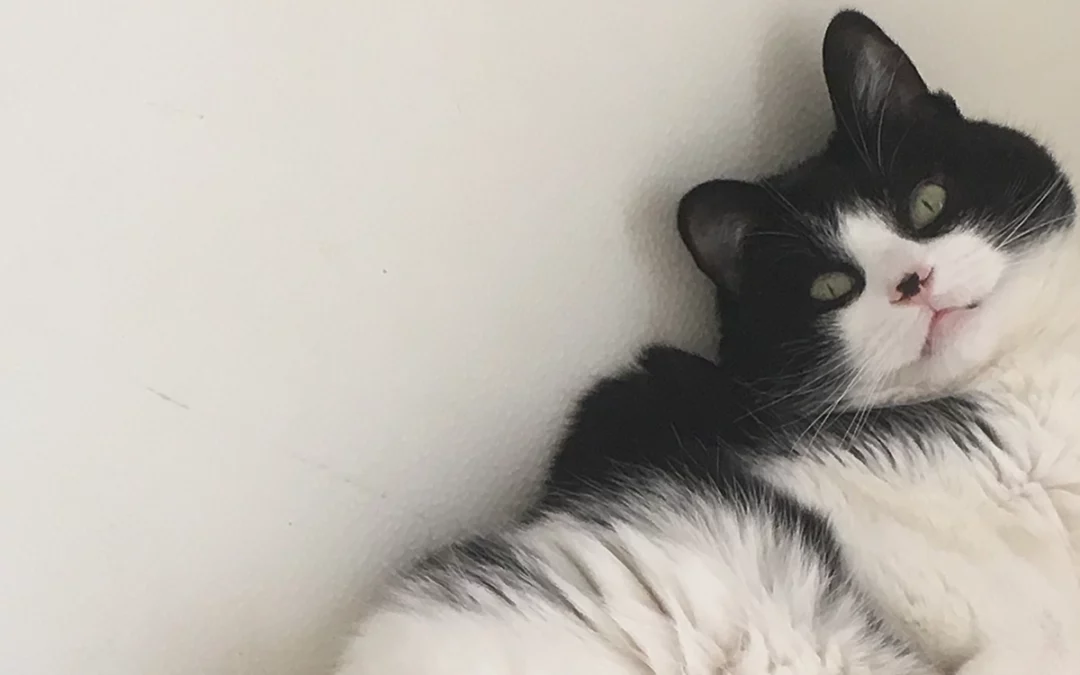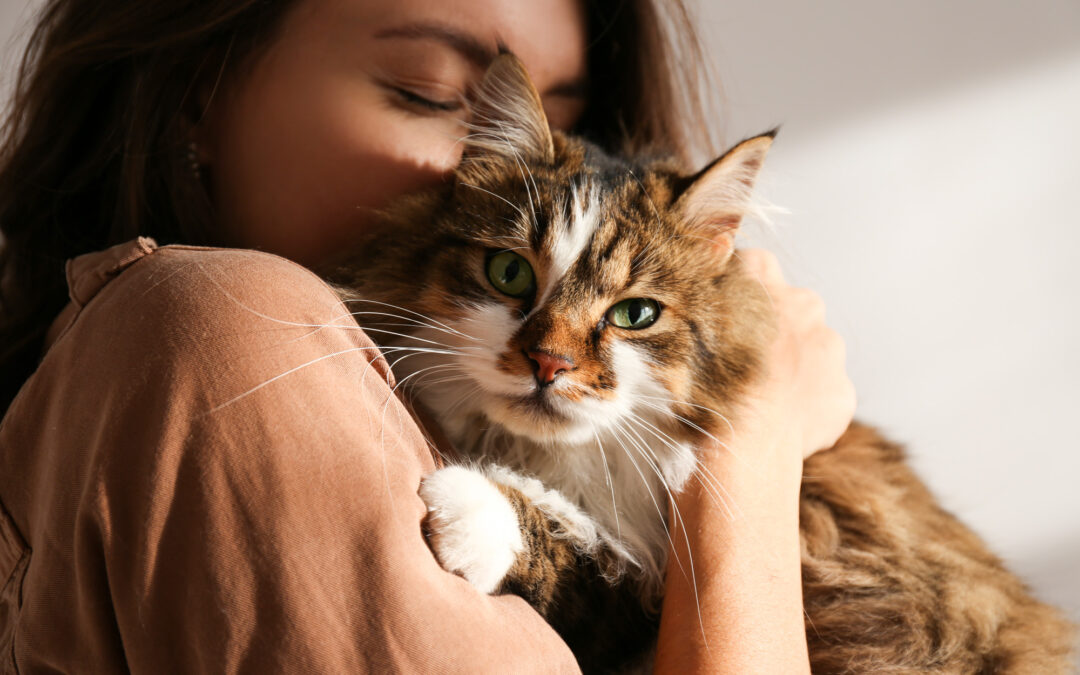With so many teen mentoring options out there, how do you know which one is right for you? A quick Google search will show you that there are many different teen mentoring programs in Boulder, Colorado. Each offers a different price point, different mentors of...

A Cat’s Purpose
A Cat’s Purpose
A Cat’s Purpose
This is a blog post about many themes: Emotional Support Animals, parenting, Animal Assisted Therapy, adoption, transition, Autism, grief, and a derived meaning that speaks to you. It was hard for me to decide what I want my message to be, what I hope to learn by teaching. This is an emotional piece, because I am processing the eight years since my son joined our family as he prepares for his next steps out in the world. However, given the recent eerily-timed passing of my cat, Isabella, and the shared grief I have for both family members leaving, it feels most important to teach about the soul contracts we have with our animals. This a tribute to you, Izzy, my courageous feline friend.
Our animals find us for a reason. Most people will share that their pet chose them. We can all describe the moment we met our cat, dog, horse, and how we knew they were “the one.” One lesson that has held true in the last two decades of being an Animal Assisted Therapist is that all of our family members, the fluffy, cute ones included, have a lesson for us. We have soul contracts together that are meant to grow us as humans and help us become better versions of ourselves. Some lessons are subtle and less obvious, others become more apparent over time, still others are mind-blowing from the get-go. Now that I am reflecting on sweet Isabella’s time with us and the huge hole she has left in our hearts and home after her passing, her mission is clear.
When Mark and I met, we had many dreams of traveling, owning a farm, sharing our mutual love of working with teenagers, and yes, we both wanted to parent children of our own. We said we wanted to “birth one and adopt one.” Soon after getting married in 2014, an opportunity arose through one of my colleagues to take foster care classes and join the many Boulder families in the foster-to-adopt community. We began those classes in January of 2015, the same month we adopted our feline family members, Prisca and Isabella.
Isabella, a regal tuxedo gal, was very outgoing in the shelter. Although she was ten years old, her big personality did not show it, as she was very talkative with her signature, “Reh,” responses. Her story caught our hearts, as she had lived with the same family since she was a kitten, adopted from the very shelter they returned her to ten years later. She was born in 2004, the year unbeknownst to us, our future son was also born. The same year Mark and I both (separately) moved to Colorado.
Upon taking Izzy home, she retreated into herself. She had an upper respiratory infection, which did not help her transition, and her previous mom wrote a detailed note about how hard she was to please. We were so moved by her story of being given up due to a new baby in the home whom allegedly, “Izzy just didn’t like,” that we were motivated to learn what she needed. Per the advice of the shelter, we put each new cat in their own room to get used to our house. We used the kids’ rooms that we hoped to one day fill with human children. Unknowingly, the room Izzy moved into would later become our son Theo’s room.
Mark quickly realized that Izzy was a burrower; so ready to be a dad and eager to please, he slept in there with her as she purred happily in his sleeping bag. However, when we transitioned the cats into the entire house, Izzy was unwaveringly drawn to me, a fellow High Sensitive, and slept under my covers. It seemed I was her mission.
Fast forward a few short months to March, when we were connected in a private foster situation with our soon-to-be son, Theo, an 11-year-old boy with a laundry list of traumas. We spent our weekend days with Theo in order to get to know him. Theo and his biological sister from Ukraine were originally adopted by his second family when he was three years old; but like Izzy, his family tried many things to help him thrive, to no avail. Again, similar to Izzy, after trying for many years, they were not the right fit for him and wanted him to have an opportunity to get his needs met with a forever family. Given Mark is a special education teacher with a passion for teens on the Autism Spectrum, and that I shared that skillset and love, we were inspired to be Theo’s forever family, to unlock his code in the hopes that he could grow up happy and stable.
While Izzy continued to bond more with me, seeking my lap any chance she could–a tactic I would later learn was deliberate to calm me–Theo set out to test our love and commitment at every turn. Theo had not yet been diagnosed with Autism Spectrum Disorder, only ADHD, so he was receiving very little support at school which he reported “hating,” and he ran circles around every therapist we brought in. Mark and I exhausted ourselves trying to validate and support him, only causing him to fight harder and become more aggressive, as one with Reactive Attachment Disorder does. Izzy never left our room because she was so sensitive to the energy in the house, but she did not falter in her support for me. No emotion I felt would deter her.
Out of respect for our son, I will not go into more detail, but at one point we questioned our ability to help him and considered a therapeutic residential setting. After several years, we finally found a godsend of a therapeutic mentor, April, and our lives started to stabilize. A well-timed, leap-of-faith move to our farm in Longmont, also proved pivotal. Theo started high school and began getting A’s, while playing several team sports. He now “loved” school. His tense posture loosened as he began to smile his way through his days. We somehow found a reset button.
Given Izzy’s sensitivity, one would think that she would have retreated under all of the changes. Quite the opposite, she was my rock. Research shows that cats and dogs lower blood pressure. Izzy would sit on me for hours and when we had a stressful event, she would sleep on my chest diligently. I have many clients with Emotional Support Animals to help regulate them, but Izzy’s unrelenting support showed me just how beneficial these intuitive creatures can be.
Perhaps one of the biggest tests of all to Theo’s bond to our family and Izzy’s faithfulness was when we finally were blessed with a pregnancy. With both Theo and Izzy’s previous histories of disrupted family placements, we were concerned. Would we lose all peaceful ground by challenging Theo’s attachment and Autism and by overwhelming Izzy with a past trigger?
Not only did Theo welcome the change, but Izzy was remarkably resilient, also, showing us that we had provided them with what they needed. Izzy even signaled my labor. Two nights before I went into labor a week early, Izzy became relentless and worried as she slept on my chest. I later discovered that my normally low blood pressure was over 200 and I was in danger of a life-threatening pregnancy condition. Izzy sensed it and tried to lower my blood pressure.
Both Izzy and Theo barely missed a beat with the new baby. Shockingly, Theo was thankful to have new life in the house since his parents were “old and boring” and Izzy laid on top of me while I fed her human sister. As the baby became old enough, Izzy patiently let the baby pet her.
All was well for eighteen months. Izzy was diagnosed with kidney disease years before the baby was born, but showed no signs of deterioration until Thanksgiving, two months before we found a service that could help Theo live semi-independently. Having graduated from Longmont High and loving working full-time, Theo started to get the itch to be out on his own, while Izzy’s light started to fade. By January, both Izzy and Theo regressed in their happiness and zest for life. Theo made it clear we had to help him move forward in life, while Izzy said the opposite.
It was early February when Izzy let us know she was ready to make her journey, the same exact month that we found a program that would assist in Theo’s next steps in his journey. That program, Elevated Supports, would use Theo’s Developmental Disability Waiver to help fund an apartment where he has a mentor to help him clean, grocery shop, and monitor his medications. While we were cautiously excited at the possibility of a healthy transition as a family into Theo’s adulthood independence, we were simultaneously overwhelmed with the grief of losing Izzy, such a huge healer in a tiny body.
The juxtaposition of the two losses, one for a cat we would never again get the physical comfort of, one for a beautiful young man who was claiming his life and success, humbles me. As an Animal Assisted Therapist, I have seen many animals leave their person’s life at an important time: when their person is ready for the next opportunity; when their person finds their partner, job, new home; etc. My college cat was with me for 18 years until the month before I married Mark. Izzy picked up the baton and was clearly a nanny, overseeing our transition into parenthood. She grounded us and kept diligent watch over me until our dream of “birthing one and adopting one,” was realized. Despite her kidney disease, her body and spirit thrived right up until the moment that her human sibling, Theo, was ready to make his journey, also.
While it may appear that everything is sunshine and roses, we still face challenges. There are many unknowns that we will all have to learn and grow from as Theo begins to navigate his new world. In my grief, I recognize that our animals are the best gift we are given, but always taken far too soon. I need my sweet girl now more than ever as I prepare to not hear my son getting up for school, not whispering good night when he closes the door opposite of ours, as he has done for eight of the fullest years of my life. But these furry family members get inside of us and change our DNA. They leave pawprints on our hearts and imprint our souls forever.
I believe that Izzy is now guiding and supporting us from her spirit form. I hope that I can be the rock that she was, that in spite of my sensitivity and emotionality, I can stay solid for my people and regulate when they need it the most. I hope I can “Reh” at the perfect times and simply be the comfort that my family and you, my beloved clients, deserve.
Until we meet again, sweet friend. “Reh…”
The Origin of Key Concierge Teen Mentoring
Sleepless in Springtime?
Why does spring bring sleep deprivation, restlessness, and spinning thoughts?Sleepless in Springtime? Every winter I preach to my clients that while we might not be bears, we are creatures that go into semi-hibernation mode. Our energy drops, we crave carbs, we are...
Pet Loss: How to Help Your Child Cope with Grief
My earliest memories center on our lively, red-haired family member, Donovan. He was the star of our summer outings, ate too much birthday cake, and made holidays chaotic. He was my constant companion and first adventure buddy. I recall vividly, despite my young age...







